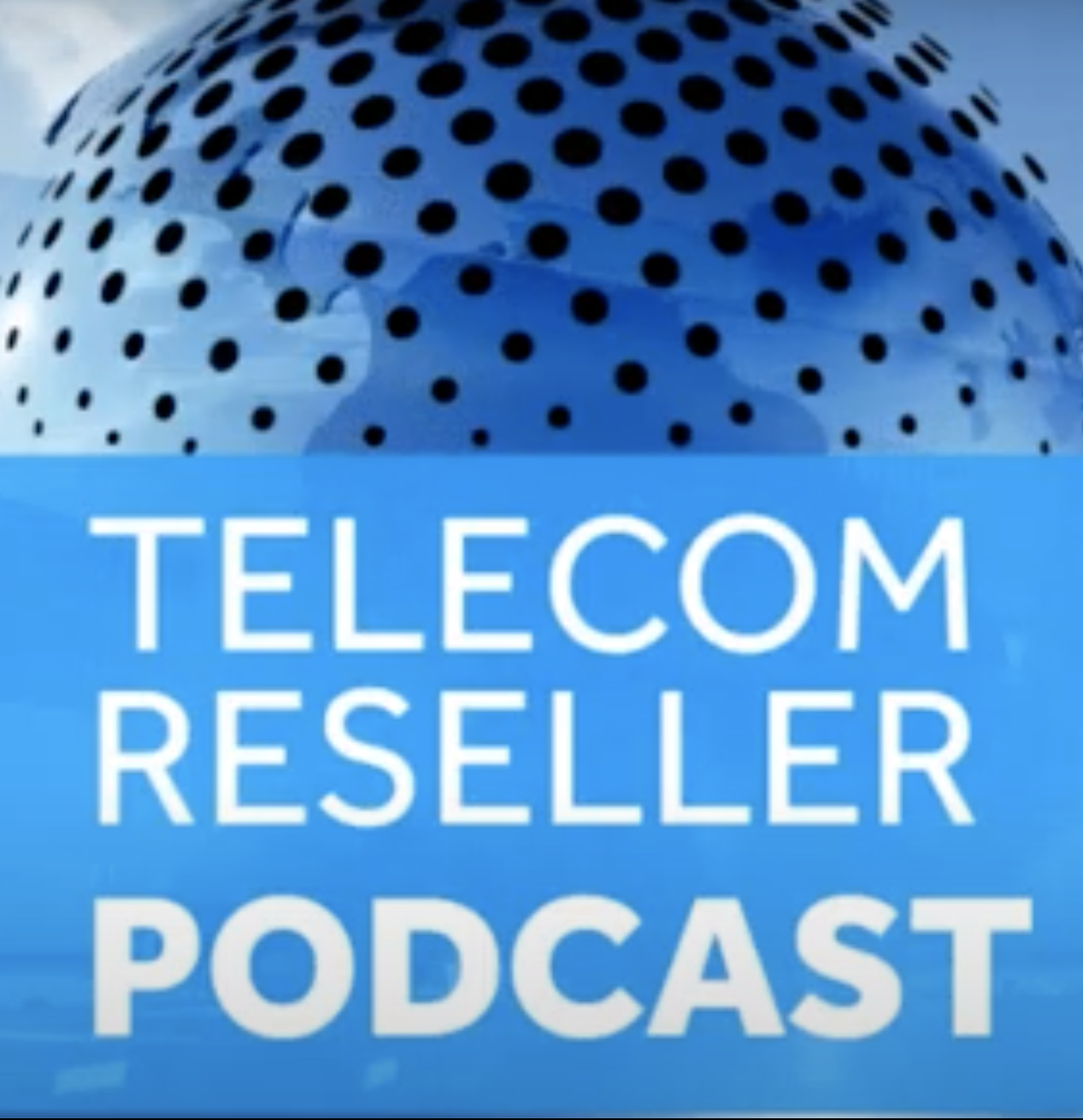In today’s fast-paced business landscape, SMS (Short Message Service) has emerged as a powerful tool for communication and customer engagement. Here is a comprehensive list of common terms and abbreviations used in SMS, serving as a valuable resource to effectively navigate the language of text messaging. Whether you’re implementing SMS marketing or improving customer service, understanding these terms will help you maximize the impact of your communications.
1-to-1 messages: Messages being sent from one person or machine to one other person or machine, typically allowing for replies and responses. Often referred to as ‘2-way’ messaging. Bulk messaging would also be considered 1-to-1, as messages sent are not shared by other recipients. But different from group texts, in that one person is sending to several people at one time that all see the same message at the same time, including if anybody in the group replies.
10dlc: 10-digit long codes; phone numbers used in the US and Canada that are sanctioned by the carriers to send text messages. Formatted as a standard phone number in the US or Canada.
2-way messaging: When a message can be sent and replied to. Often more of a conversational exchange. Sometimes referred to as 1-to-1 messaging.
2FA: Two-factor authentication; a security protocol that requires more than one confirmation from the user that they are a real person, number, email etc. before allowed access. A form of MFA (multi factor authentication).
A2P: Application to person messaging; any messaging that uses a software application to send messages that is not the native texting application on a personal device. Often referred to as business or enterprise messaging.
Alphanumeric Sender ID: A customer identifier associated with a phone number, often a company name, that allows the recipient to easily identify who’s sending the message. The identifier will appear as the phone number in your texting list. This type of ‘number’ only allows for 1-way communications, and replies are lost.
Bulk Messages: When one sender sends individual, often personalized messages to multiple recipients at one time using software with bulk or mass messaging capabilities. Bulk messages are 1-to-1 messages, where as the recipients don’t see the other contacts that received messages, and any replies are only seen by the original sender.
CPaaS: Communication Platform as a Service; these services specifically offer capabilities to their users to add and combine communication services to their software or processes.
CTIA: Cellular Telephone Industries Association originally, but is now The Wireless Association. The CTIA is an international industry trade group that represents all wireless communication sectors, it is not ‘the law’ or ‘the government’ but it does work closely with them and sets the standard of cellular communications and best practices.
Group Messages: Group texts; One sender sends the exact same message to a group of recipients at the same time, everyone in the group will see any reply made by anyone else in the group.
GSM: Messaging uses two different encoding standards for characters, GSM (the most common letters and symbols in the English language) and Unicode (pretty much anything outside of GSM including emojis) Using GSM characters messages can be 160 characters long. Unicode is only 70.
International code: Country code; two- to 6-digit codes preceded by a plus symbol (+) assigned to a country that must be entered before the phone number when calling or texting other countries outside of your own.
Keyword: Words or series of numbers assigned in text messaging that when sent to a specific phone number will return with a predetermined response or action.
Link Shortener: A service that allows a long URL to be shortened and still direct you to the same results page. Only shortened links that are branded to your company specifically are accepted by mobile carriers, as they can trace it back to your company to make sure it’s not spam or a scam.
Long codes: Local phone numbers that are used to make voice calls or send messages. Different from short codes or toll-free numbers.
Message parts: One SMS is counted as a message with 160 characters, if the message has more than 160 characters it will be broken into multiple parts. Each part is considered an SMS, depending on the carrier/service, these messages might be received as multiple concatenated messages or one long message, either way, they are still counted in parts and charged as such. If using unicode such as emojis or a format other than GSM format, each message part is limited to 70 characters.
Message threading: This shows the back and forth message exchange, giving the recipient the ability to see what was said earlier in the exchange to know how to then respond. Sometimes, you may only see the message sent immediately before, or other times you may see the exchange in full.
MMS: Multimedia Messaging Service; offers the ability to send images, videos and links in their message.
MNO: Mobile Network Operator; companies that supply wireless communication services to mobile devices, like AT&T, Telstra, Verizon, etc.
Opt-in: Permission granted to a sender to send communications, via text message or other means. In text messaging proof of recipient opt-ins are required. This must be specific to your company from that recipient. This opt-in can be rescinded at any time with if they opt-out.
Opt-out: Unsubscribing from a list or declining permission to receive messages from a specific company, this can be simply by not opt-ing in, or sending a stop word like STOP or UNSUBSCRIBE as a reply.
P2P: Person to person; this is a type of messaging that is sent between two people using your personal mobile device sending to their personal mobile device using the native texting app that comes with every mobile device.
RCS: Rich communication services; protocol that is slowly being adopted across mobile devices that allows for multimedia and interactive media to be sent to a mobile device. If the recipient doesn’t have RCS activated on their device it will be sent as a striped down SMS.
SaaS: Software as a service; any method of providing software online on a subscription basis.
Shared Short codes: These codes have been discontinued in most countries worldwide due to spammers and scammers using them for bad business practices. They were four- to six-alphanumeric character codes that are used to send text messages, often in mass, but shared with multiple companies to reduce costs. These numbers are only one way communication and the recipient can’t tell who the message is from until it’s opened.
Short codes: Four- to six-alphanumeric character codes that are used to send text messages, registered to an individual company for traceability. Short codes are the most costly of the phone number types, take the longest to acquire, but offer the highest throughput.
SMPP: Short message peer-to-peer protocol; the industry standard that allows for text messages to be sent over the internet to and from devices or apps.
SMS: Short message service; the OG of messaging, short text messages sent between devices with access to mobile services.
SMS credit: A form of ‘currency’ in which SMS are counted, most domestic messages parts cost one credit, and on average if you are sending messages outside of your home country, each part is 2 credits, this can vary depending on countries involved, and cost per credit can vary widely by country as well, all determined by the mobile carriers. Credits are purchased through your SMS provider.
SMS Gateway: Software that allows a message to be sent from a platform other than your mobile device and be converted to an SMS that is transmitted to another’s mobile device.
TCPA: The Consumer Protection Act; the official legislation from the FCC (Federal Communications Commission) brought forth in 1991 that regulates telemarketing practices and phone calls, in the US. This Act is widely understood to encompass text messaging though it specifically only mentions robotexting.
TCR: The Campaign Registry; the participating US mobile carriers brand reputation management registry for 10dlc messaging.
Text Message: 160 character messages sent to a mobile device using mobile services,
Throughput: The quantity of messages allowed to be sent during a specified period of time, this is determined by the carrier and can vary by company, code type or use case.
Toll-free numbers: Specific numbers with designated toll-free prefixes that can be used for voice calls or text messages at no cost to the user. These numbers must be registered to the company that owns them, typically have a higher throughput, but are not as reliable as long codes and short codes.
Unicode: Messaging uses two different encoding standards for characters, GSM (the most common letters and symbols in the English language) and Unicode (pretty much anything outside of GSM including emojis) Unicode uses more data per character limiting unicode messages to 70 characters per message.












